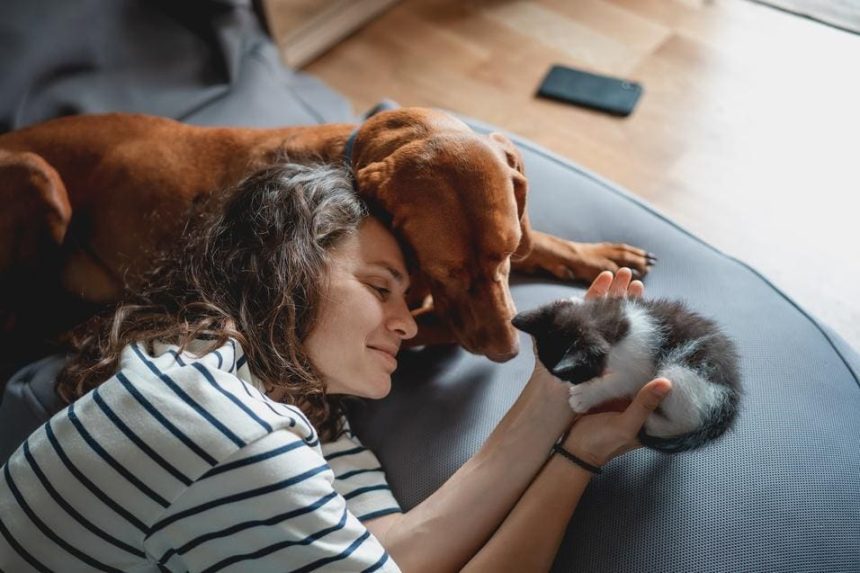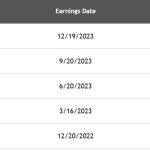Pet ownership is filled with joy, companionship, and a series of ongoing financial commitments that extend far beyond the initial adoption or purchase fee. These encompass all expenses incurred in ensuring the well-being, health, and happiness of a pet throughout its life, including, but not limited to, food, veterinary care, grooming, supplies, and any unexpected costs that can arise.
Understanding these financial responsibilities before welcoming a pet into your home is crucial. It ensures that you are fully prepared to provide for your furry, feathered, or scaled friends, not just emotionally but also financially. This preparation helps prevent potential financial strain and ensures that pets receive the care they need and deserve.
Ongoing Expenses Of Pet Ownership
Food And Treats
The market offers a wide range of pet food options, including economy, premium, and prescription diets. Raw diets have gained popularity for their perceived health benefits but come with higher costs and require more time for preparation.
Pet feeding costs vary based on the pet’s size, age, and dietary needs. For example, large dog breeds will consume more food, and pets with medical conditions may require special diets that are more costly.
According to a study, dog food costs around $434 to $684 annually, while cat food around $381 to $584.
Treats, while an essential tool for training and bonding, should be given in moderation to avoid health issues like obesity and to keep costs under control. It’s beneficial to compare prices, consider bulk buying, and look for high-quality, cost-effective options.
Veterinary Care
Veterinary care is divided into routine care, preventive medications, and emergency or unexpected expenses. Routine care includes regular check-ups and vaccinations, vital for maintaining a pet’s health and preventing diseases. These visits can also help catch health issues early, potentially saving money on treatment costs. Routine visits cost an average of $61.
Preventive medications for fleas, ticks, and heartworms are non-negotiable for most pets. While these medications represent a recurring expense, they are crucial for preventing diseases that can lead to significant health issues and high treatment costs.
Lastly, emergency veterinary expenses can be the most financially challenging aspect of pet care. These can include accidents, acute illnesses, or chronic conditions suddenly worsening. These costs underscore the importance of financial planning and the consideration of pet insurance or a dedicated savings account for pet health emergencies.
Grooming And Hygiene
For many pets, regular grooming is necessary for their health and comfort. Regular grooming can prevent issues such as matting, skin infections, and overgrown nails, leading to more serious health problems.
The frequency and type of grooming services required can vary widely among different breeds and individual pets. For example, long-haired dogs and cats may require professional grooming more frequently than short-haired breeds.
Additionally, you should invest in quality maintenance supplies for home use. Regular brushing, nail trimming, and ear cleaning can significantly reduce the need for professional services, thus managing this aspect of pet care expenses more effectively.
Supplies And Equipment
This category includes items such as bedding, crates, toys, leashes, collars, and identification tags. The need for these items can vary based on the pet’s size, breed, and lifestyle.
For instance, an active dog might require more durable toys and a secure, comfortable crate for resting, while a cat might need various types of scratching posts and interactive toys to stay engaged.
Comfortable bedding and a secure crate are important for a pet’s sense of security and well-being, representing an initial and ongoing investment in their comfort.
Toys and enrichment items play a crucial role in a pet’s mental and physical health. Regularly providing new toys to keep pets engaged can add to the cost of ownership.
Essentials like leashes, collars, and identification tags are not only mandatory in many areas but are also critical for the safety of pets. These items may need replacement over time due to wear and tear.
Potential Additional Expenses
Training And Behavior
Training classes are beneficial for socialization and behavior management, especially for puppies or newly adopted pets. The costs associated with these classes can vary widely depending on the location, the trainer’s reputation, and the class type (group vs. private sessions).
The investment in training early on can lead to a better-behaved pet, potentially saving money and stress related to property damage or more intensive behavioral correction in the future.
For pets exhibiting problematic behaviors that cannot be addressed through standard training classes, consultations with animal behaviorists or investment in specific training aids may be necessary.
These consultations can be expensive, reflecting the specialist’s expertise in diagnosing and proposing solutions for complex behavior issues. Training aids, such as anti-bark collars, puzzle toys, or anxiety-relieving products, add to the cost but can be invaluable in managing a pet’s behavior
Boarding And Pet Sitting
When traveling or unable to care for your pet temporarily, professional pet care services such as boarding or pet sitting become necessary. The costs for these services can be significant and vary based on the level of care and luxury offered by the facility or individual.
Boarding facilities range from basic kennel services to luxury pet hotels that offer amenities like individual suites, playtime, and even webcams for owners to check in on their pets. Pet sitting services, whether in your home or the sitter’s, can also vary in price based on location, services provided, and the sitter’s experience and qualifications.
Pet Insurance And Healthcare Plans
Pet insurance is a growing industry, offering various plans to help mitigate the costs of veterinary care. These plans range from basic coverage for accidents and illnesses to comprehensive policies that include wellness visits and routine care.
The cost of pet insurance premiums varies based on the pet’s age, breed, and the plan’s coverage level, with higher deductibles typically leading to lower monthly premiums but greater out-of-pocket costs when care is needed.
Deciding whether to purchase pet insurance requires a careful cost-benefit analysis. For many pet owners, insurance provides peace of mind and financial protection against unexpected, often high, medical expenses.
However, others may find that setting aside money in a savings account specifically for pet-related emergencies is a more flexible and, ultimately, less expensive option. The choice depends on the individual pet’s needs and your financial situation and risk tolerance.
Final Thoughts
Pet ownership is a rewarding experience that comes with significant long-term financial commitments. These commitments include ongoing expenses like food, veterinary care, grooming, and supplies, as well as potential additional costs such as training, pet care services, and emergency medical expenses.
It is crucial to thoroughly understand and prepare for these financial responsibilities to ensure you can provide a loving, stable home for your pets. By planning, budgeting, and saving for future expenses, you can enjoy the companionship of your pets without undue financial stress, ensuring a happy, healthy life together.
Read the full article here
















